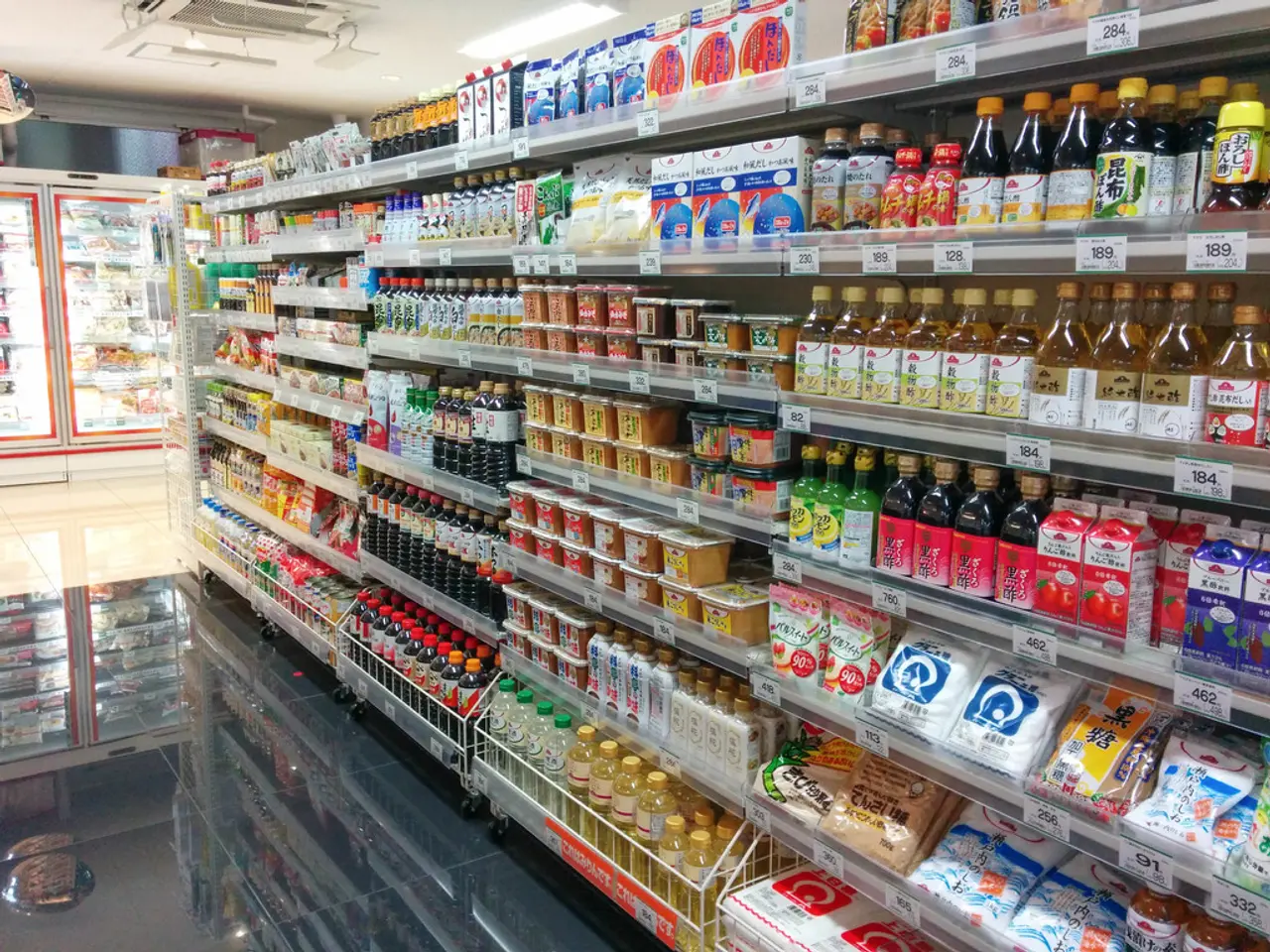Apple under Pressure: Will Moving Production to the US Meet Trump's Demands?
Trump urges Apple to manufacture products domestically in the United States.
When it comes to iPhone production, traditionally, China has been the go-to choice for most manufacturing. However, recent tensions between China and the US have pushed Apple to broaden its horizons, with India becoming a significant player in the company's production efforts. Yet, this move is not enough for U.S. President Trump, who made it clear in a conversation with Apple that he wants China's tech giant to shift its production base to American soil.
Apple's reliance on Chinese contract manufacturers has been longstanding. However, as the political climate between Peking and Washington heated up, Apple started building production capacities in India. In early May, Apple's CEO, Tim Cook, announced that most iPhones sold in the US would come from India in the current quarter due to the US-China trade dispute.
While Trump has been pushing for Apple to move its manufacturing to the U.S., his trade adviser, Howard Lutnick, believes that moving production to the U.S. would result in "millions and millions" of jobs. Lutnick envisions a boom in employment opportunities for construction workers and mechanics to maintain the robots that would handle manufacturing tasks, replacing human labor.
However, industry experts question whether such ambitious plans are feasible. Dan Ives, an analyst at investment firm Wedbush, suggests that moving even 10% of the supply chain to the U.S. could cost $30 billion and raise the price of an iPhone to a staggering $3,500.
Challenges of U.S. Production:- Labor Expenses: Compared to countries like China and India, labor costs in the U.S. are significantly higher. According to estimates, a factory worker in the U.S. could receive around $3,500 per month, while the average in China is about $214.- Flexibility: U.S. manufacturers lack the rapid scalability that's common among Chinese manufacturers like Foxconn, which is essential for meeting the seasonal demand spikes in the tech industry.- Supply Chain Complexity: The iPhone requires over 2,700 parts sourced from 28 countries, making the process of establishing a similar supply chain in the U.S. complicated and expensive.- Consumer Acceptance: Consumers might be deterred by the increased prices due to production costs in the U.S., potentially impacting market share and pricing strategies.
In light of these challenges and costs, Apple may continue to explore alternate manufacturing locations, such as India, where production costs are lower.
[1] ntv.de, jki/dpa[2] Financial Express
- Given the significant challenges and costs associated with moving production to the US, such as higher labor expenses, limited flexibility, complicated supply chain, and potential consumer resistance, Apple might need to reassess its community policy regarding employment and consider expanding production in other countries like India.
- In an effort to meet U.S. President Trump's demands for Apple to shift its production base, industry experts, including Howard Lutnick, envision a potential boom in both construction and mechanical employment opportunities. However, the financial implications for businesses, including increased labor costs and potential price hikes of up to $3,500 for an iPhone, could pose difficulties within the finance sector.






